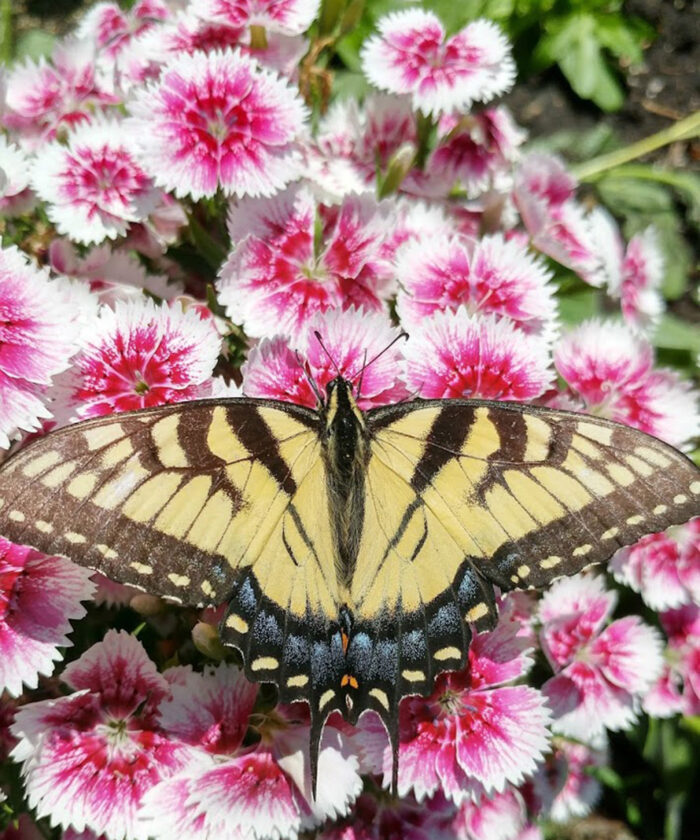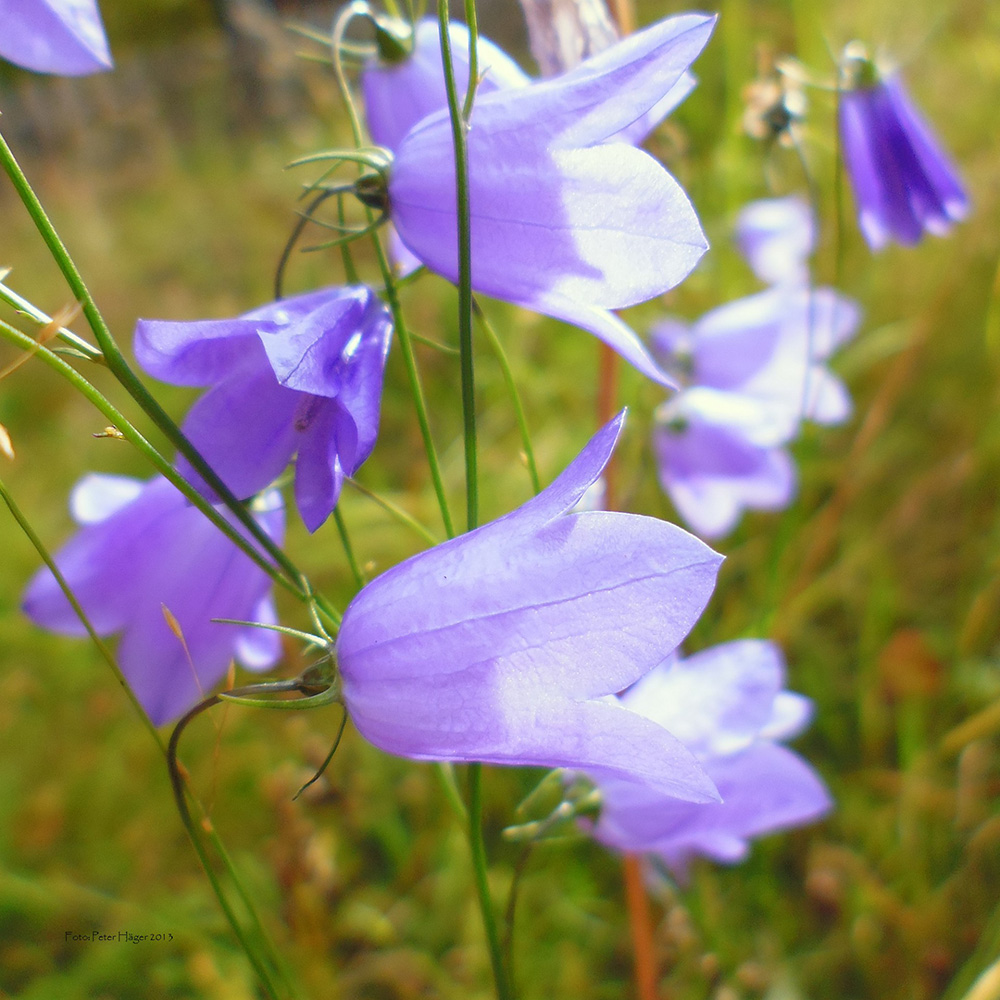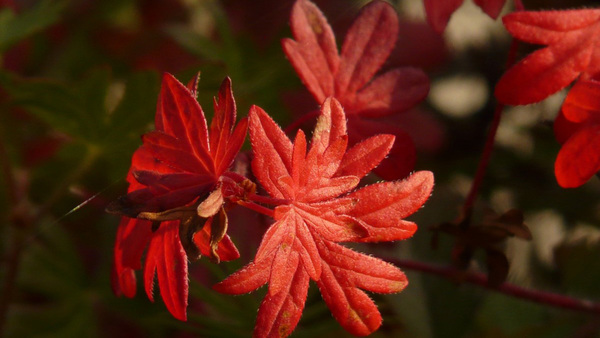
There is something magical about seeing a butterfly fluttering through your garden, even if you have seen butterflies in your garden a thousand times before. Their bright colors and graceful dances from flower to flower bring a smile to gardeners and nongardeners alike. While attracting butterflies to your Northern Plains garden is relatively easy, it is also important to provide host plants for their caterpillars to ensure there are butterflies for the future.

Attracting butterflies to your garden is primarily dependent on the plants you use. Nectar sources typically have clusters of flowers that provide a landing pad and are brightly colored, usually in the red, orange, yellow, pink, and purple hues. Utilizing Northern Plains native plants that have co-evolved with native butterflies is a great way not only to encourage butterflies to visit but also to provide a food source for their caterpillars. Native plants are more likely to be hardy and drought tolerant in your geographic area, nearly guaranteeing year-after-year performance. Threatened butterfly species such as the Dakota skipper (Hesperia dacotae) rely on high-quality tallgrass and mixed-grass prairies to complete their life cycle. Adding Northern Plains native prairie wildflowers to your landscape such as wood lily (Lilium philadelphicum, Zones 4–7), harebell (Campanula rotundifolia, Zones 3–7), mountain death camas (Anticlea elegans syn. Zigadenus elegans, Zones 3–7), and narrowleaf purple coneflower (Echinacea angustifolia, Zones 3–8) provide nectar sources for this rare butterfly, while attractive native grasses such as little bluestem (Schizachyrium scoparium, Zones 3–9) and switchgrass (Panicum virgatum, Zones 4–9) provide host plants for their caterpillars.

If monarchs (Danaus plexippus) are your favorite, simply add meadow blazing star (Liatris ligulistylis, Zones 3–7) to your landscape. This plant is the ultimate monarch magnet when compared to other Liatris species. My personal experience has shown that monarchs will almost completely ignore the commonly used gayfeather (Liatris spicata, Zones 3–9) in preference for meadow blazing star. The only thing to keep in mind when placing it in your garden is that it can get rather tall—up to 5 feet in height—but that just means it places the flowers and swarms of monarchs perfectly at eye level to enjoy and photograph!

Monarch caterpillars need milkweed to feed on, and thankfully we are not limited only to common milkweed (Asclepias syriaca, Zones 3–8) in our region. Showy milkweed (Asclepias speciosa, Zones 3–9) and whorled milkweed (Asclepias verticillata, Zones 3–9) are a couple of my favorites for the upper Northern Plains in addition to butterfly weed (Asclepias tuberosa, Zones 3–9), which is better suited for the southeastern area of the Northern Plains.
There is a multitude of other great nectar plants available, so long as they are partnered with a fair share of host plants as well to keep the life cycles going and the magic flowing through gardens and landscapes.
—Chris Schlenker is the horticulture and grounds manager at McCrory Gardens of South Dakota State University in Brookings, South Dakota.


















Comments
Log in or create an account to post a comment.
Sign up Log in